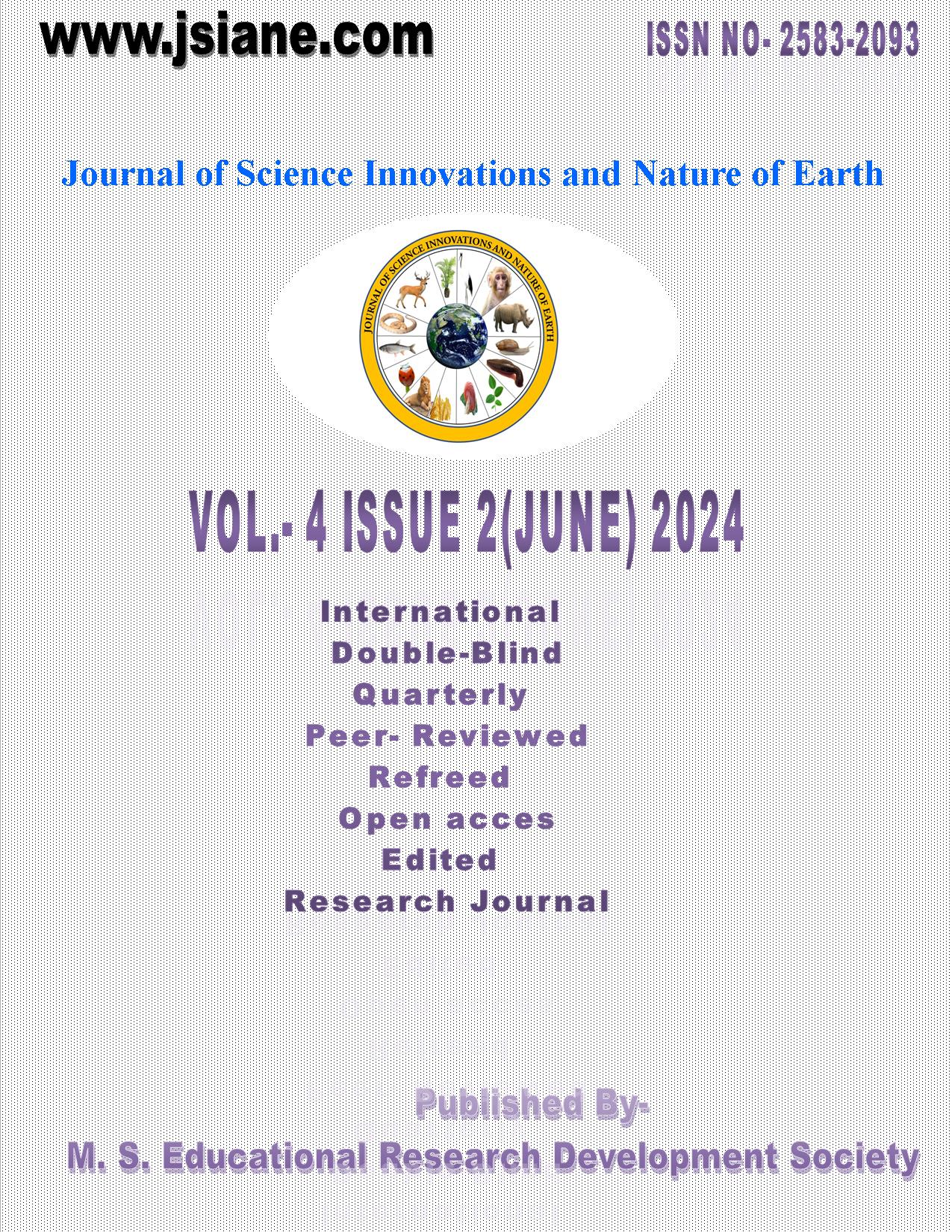CREATING INTUITIVE TEACHING METHODS FOR ADVANCED MATHEMATICS EDUCATION: ORIGINAL APPROACHES TO SIMPLIFY SUCCESSIVE DIFFERENTIATION
DOI:
https://doi.org/10.59436/jsiane246Keywords:
Intuitive teaching methods, advanced mathematics, successive differentiationAbstract
This study strives to transform advanced mathematics education through the introduction of original and intuitive teaching methods for successive differentiation. Using innovative methods, the goal of this research to simplify the complex situation of this concept, through which learners ensure better associability. This research explores unique pedagogical techniques and strategies which focusing on improving the clarity and understanding. In this paper we are discussing common difficulties in understanding successive differentiation; the aim proposed methods is to improve the whole learning experience. This research combines theoretical understandings with real world applications, which promotes a deeper understanding of successive differentiation. The aim of this research is to give valuable methods for teachers or educators and students, contributing to a more engaging and effective learning environment in the field of advanced mathematics.
References
Bruner, J. S., &Clinchy, B. (1966). Towards a disciplined intuition. Learning about learning, (15).
Bogen JE (1969) The other side of the brain: 2. an appositional mind. Bulletin of the Los-Angeles Neurol. Soc. 34, 135-162.
Dafei H (2010) Multiple representations in mathematics education. Maths Edu., Magaz, Edu.,Res.&Prog.Org.Edu,.Edu.,Publ.pp:74-79
Fischbein E (1987) Intuition in science and mathematics: an educational approach. Dordrecht: Reidel.
Fujita T, Jones K and Yamamoto Sh (2004) Geometrical intuition and the learning andteaching of geometry. Presented to Topic Study Group 10(TSG10) 10th Intl. Congress on Mathematical Edu. (ICME- 10). Copenhagen, Denmark. pp: 4-11.
Giant D (2001) Misleading intuition in algorithmic problemsolving. CS Group, science education department Tel-Aviv University, Israel. SIGCSE: 2/01 Charlotte, NC USA.
Gazzaniga MS (1974) Cerebral dominance viewed as adecision system. In: Hemisphere Function in the Human Brain, Dimond S. & Beaumont J (ed.), Elek, London. pp: 367-382.
Hadamard J (1945) The Psychology of Invention in the Mathematical Field. Reprinted Dover.
Jones K (1993) Researching geometrical intuition. Proc. British Soc. Res. Learning Maths. 13(3), 15-19.
Noddings N (1985) Research in small groups. Silver, EA(Ed.), teaching and learning mathematical problem solving. Hillsdale, NJ: Lawrence Erlbaum Associates.
Poincaré H (1913) Mathematical creation. Foundations of Sci. NY: The Science Press.
Rösken B, and Rolka K (2007) Integrating intuition: the role of concept image and concept definition for students' learning of integral calculus. Montana Council of Teachers of Maths. Montana Maths. Enthusiast, Monograph. 3, 181-204.
Skemp RR (1971) The psychology of learning mathematics. Penguin.
Skemp RR (1979) Goals of learning and qualities of understanding. Proc. 3rd Intl. Conf. for the Psych. of Maths. Edu. PP 197–202. 15.Tall D (1991) Intuition and rigor: the role of visualization inthe calculus. In: Visualization in Mathematics. Zimmermann& Cunningham (ed.), M.A.A. 19, 105–119.
Tall D (1980) Mathematical intuition, with special reference to limiting processes. Proc. 4th Int. Conf. Psychol. Maths. Education, Berkeley. pp: 170–176.
Watson J (2000) Pre-service mathematics teachers' understanding of sampling:intuition or mathematics. Univ.Tasmania. Maths. Teach. Edu. & Develop. 2, 121-135.
Zaree Q (2010) Role of intuition in mathematics education.Master Dissertation, Fars Univ., Iran. pp: 5-43.

Downloads
Published
Issue
Section
License
Copyright (c) 2024 Journal of Science Innovations and Nature of Earth

This work is licensed under a Creative Commons Attribution-NonCommercial 4.0 International License.









